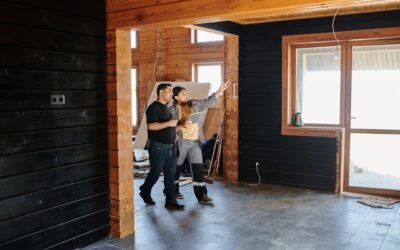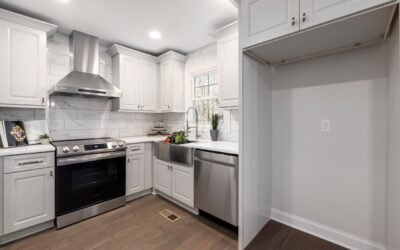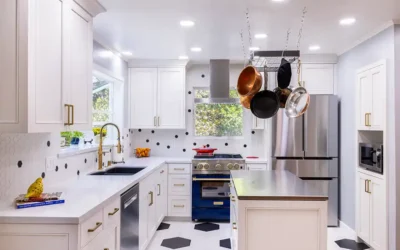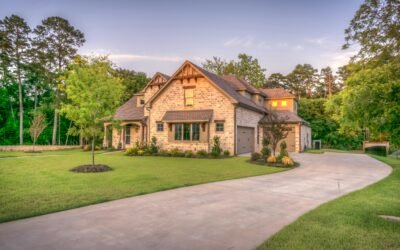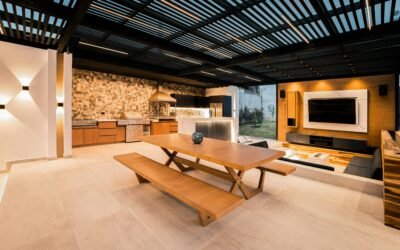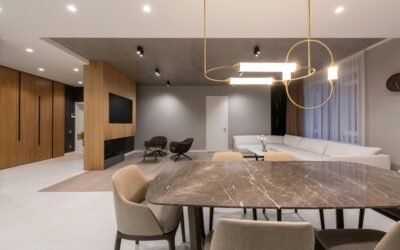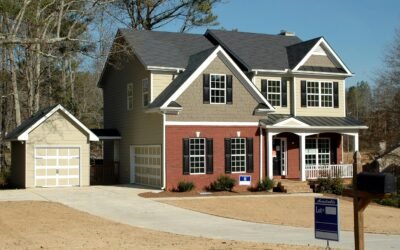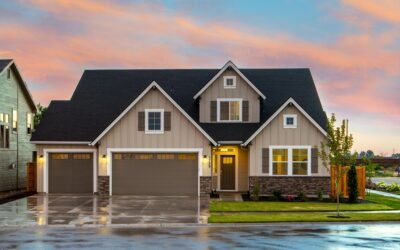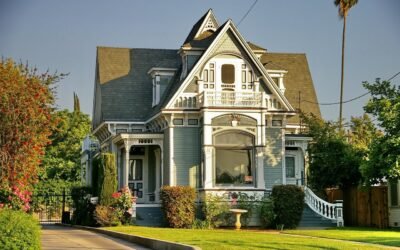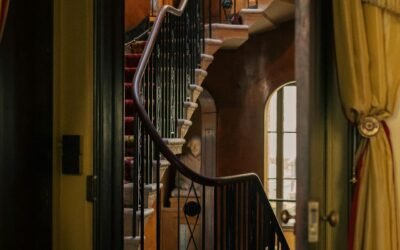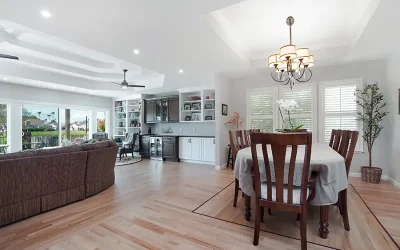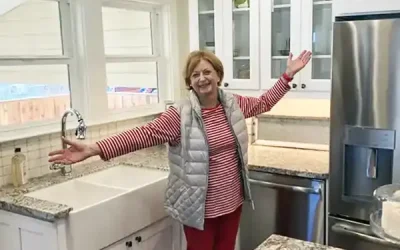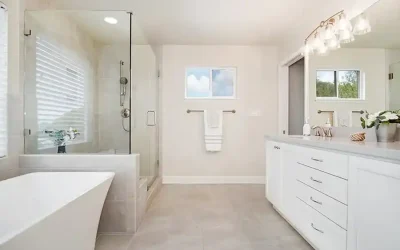Blog Posts
How Does Communication Work In a Design-Build Project?
Communication in a design-build project has you and your team exchanging ideas, updates, and needs from the initial planning stages through the final day of construction. You collaborate with designers and builders as one team, so everybody remains informed of changes...
Is Design-Build More Cost-Effective Than Hiring Separate Contractors?
Design-build is usually less expensive than separate contractors because you work with a single entity for both design and construction. You save time because there’s less inter-group back-and-forth, and you can reduce overhead expenses stemming from delays or...
What Are the Biggest Advantages of Choosing a Design-Build Firm in Brentwood?
The greatest benefits of selecting a design-build firm in Brentwood stem from having a single team handle your project’s design and build phases. Better communication, faster timelines, and more cost control occur because the same firm manages every single detail from...
How Does the Design-Build Process Work From Start to Finish?
In short, design-build is a single contract method where your project design and construction remain under the control of one team. It begins with you sharing your needs and goals with the design-build firm. They provide you with a plan, cost, and timeline, and then...
What Makes the Design-Build Approach Different From Traditional Remodeling?
Here’s what sets the design-build approach apart from traditional remodeling. You work with one team from start to finish, which means you receive clear communication, a single contract, and often quicker timelines. With traditional remodeling, you manage separate...
What Is Design-Build and Why Is It Ideal for Busy Homeowners?
Design-build is a project delivery method where a single team manages both the design and construction of your home renovation or build. Instead of coordinating between separate architects, contractors, and subcontractors, you work with one team from start to finish....
Should I Convert My Garage or Build a Separate ADU?
Choosing between converting your garage or building a separate accessory dwelling unit (ADU) depends on your space, budget, and long-term needs. When you convert your garage, you typically reduce construction costs and utilize space you already own. Building a...
What Finishes Work Best in Garage Flex Spaces?
What finishes work best in garage flex spaces? These options can withstand hard use, stains, and heavy traffic. Epoxy is notable for its durable, monolithic surface and broad palette. Polyurethane is super scratch-resistant and can withstand temperature fluctuations....
How Long Does It Take to Convert a Garage Into a Livable Space?
Generally speaking, it will take anywhere from four to eight weeks to convert your garage into a livable space, depending on the size of your garage, the scope of work, and the needed permits. If you want to convert a garage into a room, you’re looking at insulation,...
Is a Garage Conversion Right for Aging-In-Place or Multigenerational Living?
Can I Convert My Garage Without Sacrificing Resale Value?
You can convert your garage without losing resale value if you plan and make smart decisions. A lot of buyers love living space, which means a finished garage can add value when executed properly. Your best bet is to keep local building codes in mind, use quality...
What’s the Best Way to Add Plumbing and HVAC to a Garage Conversion?
The best way to add plumbing and HVAC to a garage conversion is by planning both systems early and matching them to your space’s needs. You need water lines that connect back to your home’s main supply and drain, which usually involves laying new pipes below the floor...
Do I Soundproof a Garage Conversion for Music or Office Use?
To soundproof a garage conversion for music or an office, you layer, seal, and use soft materials that block and absorb sound. You install dense panels or special drywall on walls and ceilings, use thick doors, and seal cracks with rubber strips. Heavy rugs or foam...
Do Garage Conversions Require a Permit in Contra Costa County?
Garage conversions require permits in Contra Costa County, typically when you intend to convert your garage into a living area or repurpose it for non-parking usage. Permits ensure your project complies with local safety and zoning codes. You could encounter...
What Are the Most Popular Uses for Converted Garage Spaces in the East Bay?
What are the most popular uses for converted garage spaces in the East Bay? The hottest uses for converted garage spaces in the East Bay include transforming a garage into a playroom or a peaceful study nook for families. Others convert garages into studios or mini...
How Much Does a Garage Conversion Cost in Brentwood or Oakley?
Garage conversion in Brentwood or Oakley typically runs between $25,000 and $75,000. Your overall cost typically comes down to the size of your garage, the style of room you want, and the degree of finish. Costs can increase if you’re adding plumbing, new walls, or...
Is It More Expensive To Remodel A Historic Home Vs. A Newer Home?
It typically costs more to remodel a historic home than it does to update a newer home. Old homes tend to require work to meet existing code, and addressing hidden problems such as old wiring or weak pipes, drives costs upwards as well. A lot of historic homes require...
What Are The Biggest Mistakes People Make When Renovating A Historic Home?
Many common mistakes in historic home projects stem from renovations that unintentionally harm the building’s original character. Homeowners often dive in without checking local preservation rules or confirming the property’s actual age, which can lead to costly...
Can Energy Efficiency Be Improved In A Historic Home Without Major Changes?
They’ve taken thoughtful steps to improve energy efficiency without compromising the home’s character. Like many historic homes, theirs has old windows, doors, and insulation that allow energy to slip away. Simple fixes—such as caulking, adding weatherstripping...
How Do I Find Fixtures And Materials That Match A Home’s Historic Period?
Begin by running a search for the year the home was built, then look for style guides or catalogs from that period. Old photographs, trade magazines, and museum archives can reveal what was typical for that time. Local libraries and heritage groups often maintain...
Which Rooms Should I Prioritize When Remodeling A Vintage Home?
So, which rooms should I prioritize when remodeling a vintage home, say most experts, the kitchen and bathrooms bring the most value and comfort updates. Zeroing in on these rooms first tends to provide the greatest lift to daily living and future resale. Old kitchens...
What’s The Difference Between Restoration And Renovation?
Restoration is returning a space or object to its original condition, whereas renovation is updating or reinventing a space for a new purpose or style. We often throw these words around when discussing buildings, but they’re not interchangeable. Restoration preserves...
What Modern Upgrades Are Possible In Historic Homes Without Ruining The Style?
When renovating or maintaining a historic home, the key is to integrate modern conveniences without sacrificing original character. Many builders and owners choose solutions that remain discreet, like concealed wiring that eliminates safety hazards without altering...
Do I Need Special Permits To Renovate A Historic Home In Brentwood Or Oakley?
Both cities have local historic property rules, and these typically require work plans, review, and written approval from city offices before commencement. If you’re looking to renovate a historic home, you should contact the city’s planning or building department for...
What Are Common Challenges Of Remodeling Older Homes In The East Bay?
Pre-1970s homes will have knob-and-tube wiring or galvanized pipes that require a complete overhaul. Lead paint and asbestos can lurk in walls or ceilings, bringing additional precautions for careful removal. Some older homes even have uneven floors, shifting...
How Do You Renovate A Historic Home Without Losing Its Character?
Renovating a historic home without losing its character is all about highlighting the original points of interest — choose the one or two vintage elements that really make the house unique, whether it’s wood trim, an old door, or special windows. Work with old home...
What’s The Biggest Regret People Have When Delaying An Accessibility Remodel?
What’s the biggest regret people have when they delay an accessibility remodel? What’s the biggest regret folks have when putting off an accessibility remodel? What’s people’s #1 regret when they put off an accessibility remodel? What’s the number one regret people...
Are There Tax Credits Or Rebates For Ada Or Accessibility Remodels In California?
No direct statewide tax credits or rebates in California specifically for ADA or accessibility remodels in homes, but some things that help soften the cost. Some homeowners can claim certain improvements as medical expenses on federal taxes if a doctor determines they...
How Long Does An Aging-In-Place Bathroom Remodel Take?
An aging-in-place bathroom remodel typically takes between two and four weeks, depending on the size of the room and the extent of your remodel. A lot of them require additional time for custom elements, plumbing modifications, or safety enhancements such as grab bars...
What Permits Or Rules Apply To ADA Remodeling In Contra Costa County?
Property owners are required to obtain building permits from the county’s Department of Conservation and Development prior to undertaking any ADA-related updates. The county verifies if features such as ramp slopes, door widths and bathroom access comply with ADA...




